Martin B-10 (1934)
| Role | Bomber aircraft |
|---|---|
| Manufacturer | Glenn L. Martin Company |
| Designer | Peyton M. Magruder |
| First flight | 16 February 1932 |
| Introduction | November 1934 |
| Retired | 1949 (Royal Thai Air Force) |
| Primary users | United States Army Air Corps Netherlands East Indies Air Force Turkish Air Force |
| Produced | 1933–1940 |
| Number built | 121 B-10 82 model 166 32 B-12348 of all variants including 182 export versions |
| Variants | Martin Model 146 |
.
History Martin Aircraft Company
Martin B-10 (1934)
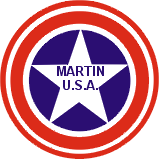
The Martin B-10 was the first all-metal monoplane bomber to be regularly used by the United States Army Air Corps, entering service in June 1934. It was also the first mass-produced bomber whose performance was superior to that of the Army's pursuit aircraft of the time. The B-10 served as the airframe for the B-12, B-13, B-14, A-15 and O-45 designations using Pratt & Whitney engines instead of Wright Cyclones. A total of 348 of all versions were built. The largest users were the US, with 166, and the Netherlands, with 121
The B-10 began a revolution in bomber design. Its all-metal monoplane airframe, along with its features of closed cockpits, rotating gun turrets (almost simultaneously with the 1933 British Boulton & Paul Overstrand biplane bomber's own enclosed nose-turret), retractable landing gear, internal bomb bay, and full engine cowlings, became the standard for bomber designs worldwide for decades.[2] It made all existing bombers completely obsolete. Martin received the 1932 Collier Trophy for designing the XB-10.
Operational history
Dutch East Indies

0
KmCeiling
0
KmRange
0
km/hAircraft Speed
0
Max Crew
Photo Gallery
Martin Aircraft Company
Martin B-10 (1934)


Martin Aircraft Company
Martin B-10 (1934)
General characteristics
-
- Crew: 3
- Length: 44 ft 9 in (13.64 m)
- Wingspan: 70 ft 6 in (21.49 m)
- Height: 15 ft 5 in (4.70 m)
- Wing area: 678 sq ft (63.0 m2)
Powerplant
-
- Empty weight: 9,681 lb (4,391 kg)
- Gross weight: 14,700 lb (6,668 kg)
- Max takeoff weight: (7,439 kg)
- Powerplant: 2 × Wright R-1820-33 Cyclone (F-3) 9-cylinder air-cooled radial piston engines, 775 hp (578 kW) each
- Propellers: 3-bladed variable-pitch propellers
Specifications
-
- Maximum speed: 213 mph (343 km/h)
- Cruise speed: 193 mph (311 km/h)
- Range: 1,240 mi (2,000 km, 1,080 nmi)
- Service ceiling: 24,200 ft (7,400 m)
- Wing loading: 21.7 lb/sq ft
Links to Youtube & Others
The North American Rockwell OV-10 Bronco is an American twin-turboprop light attack and observation aircraft.
Martin Aircraft
Martin B-10 (1934)
Boeing’s two 737 MAX 8 crashes and the investigation that followed ruined not just
Youtube Link
nside the Boeing 737 MAX Scandal That Rocked Aviation | WSJ.
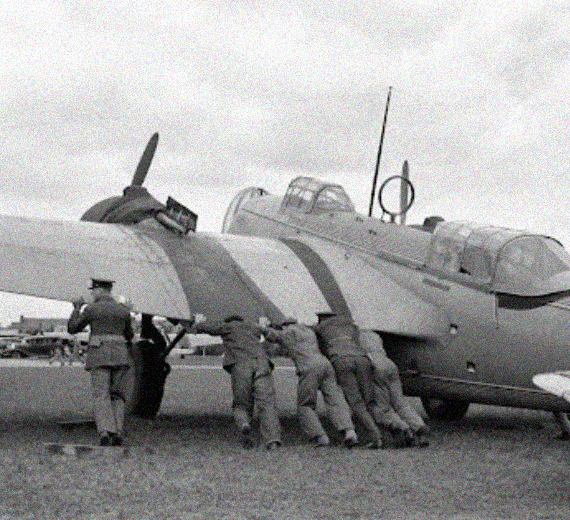

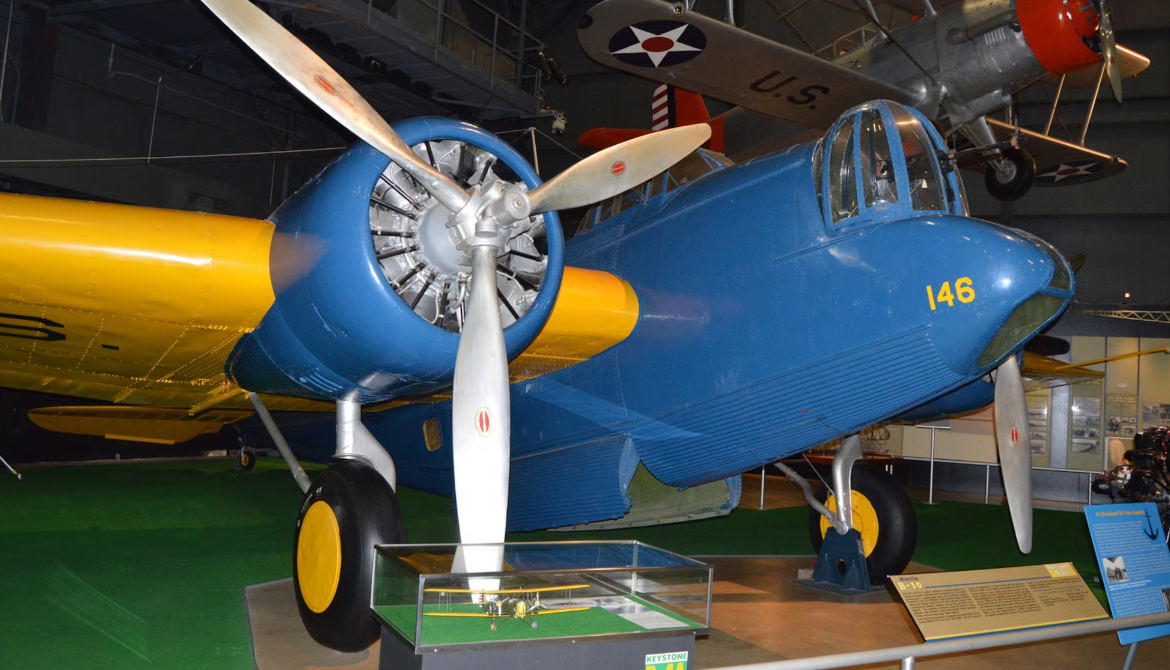
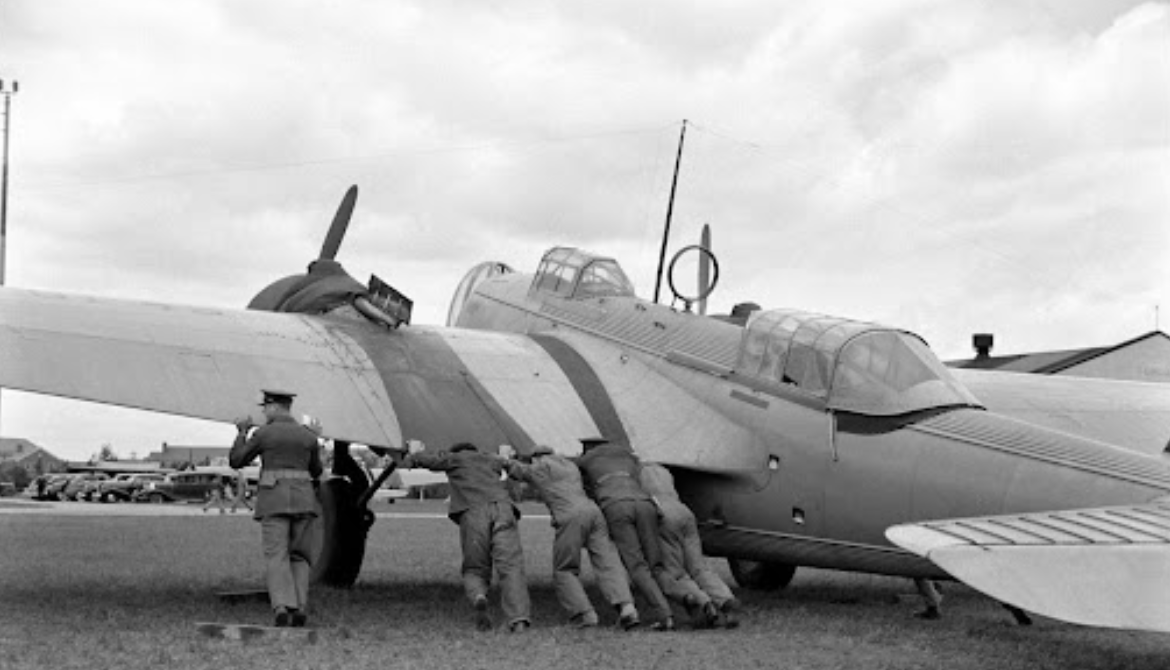
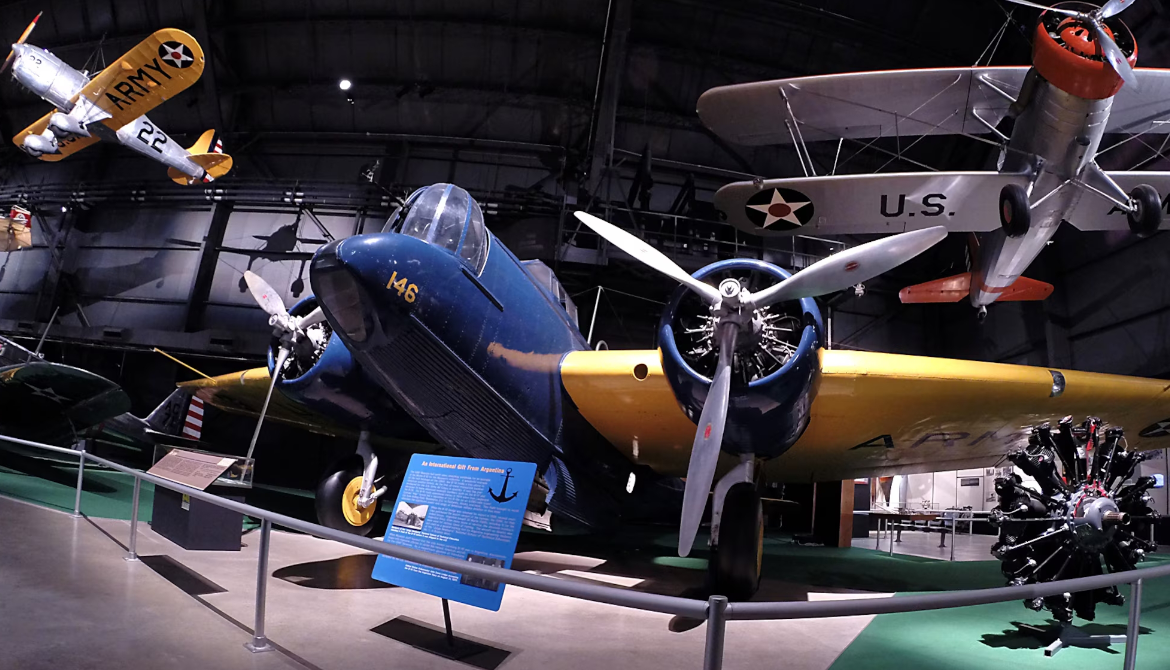
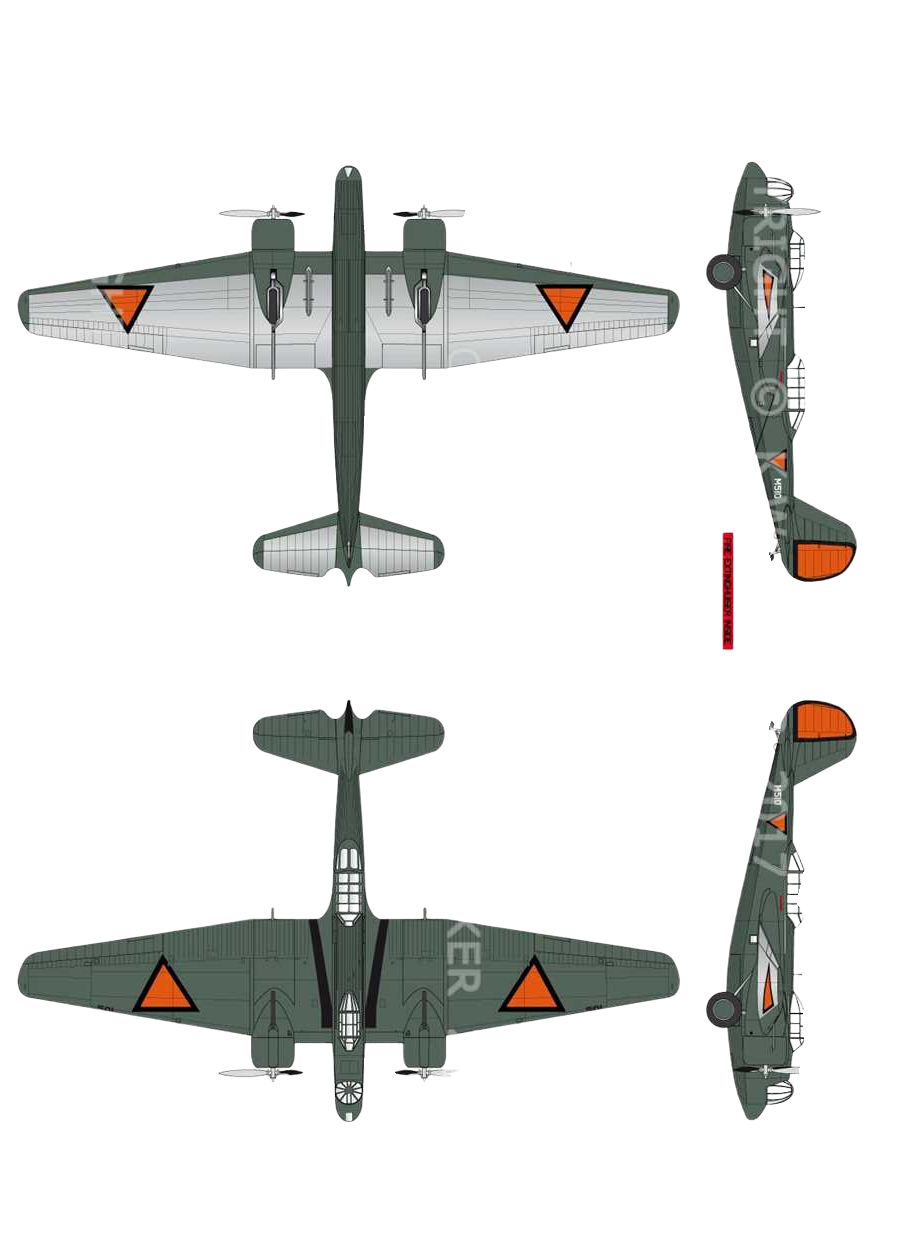




.png)


